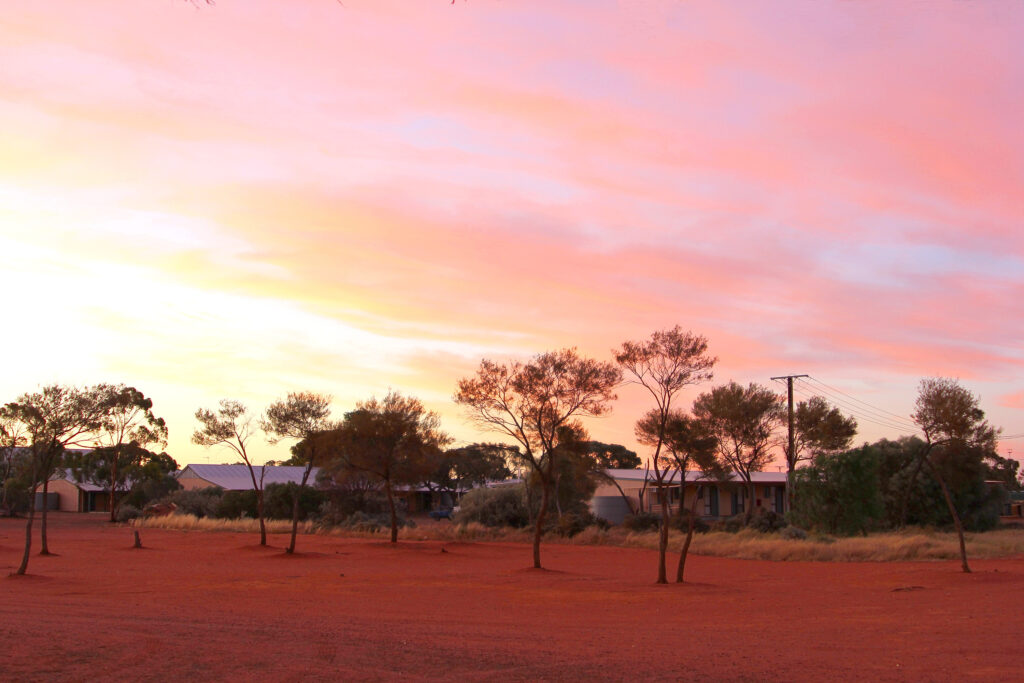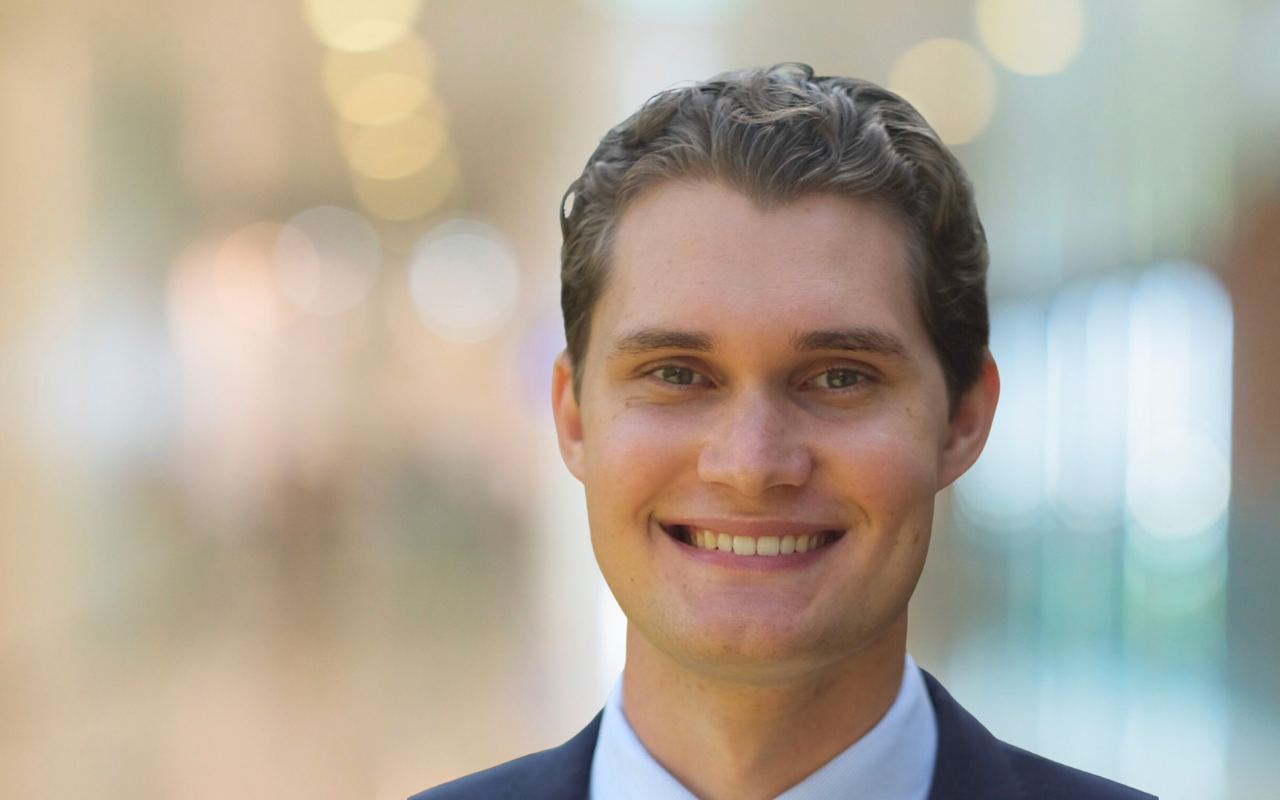A Voice to Parliament would provide a more direct avenue of feedback to the Australian Government to help eliminate rheumatic heart disease, writes Dr Ben Jones.
When a once in a generation national law reform is being discussed, it can be easy to lose sight of practical, real-world examples of how that reform could make a tangible impact on both an individual’s life, as well as whole communities. I believe the Aboriginal and Torres Strait Islander Voice to Parliament can make a big difference to communities in remote Australia and their children living with rheumatic heart disease (RHD).
RHD is a serious medical condition. It causes heart valve inflammation and heart failure and can be fatal, even among children (here). And the punch to the gut is that it is entirely preventable. In fact, after taking up a large majority of beds in paediatric wards up until the middle of the 1900s, RHD was virtually eliminated from high income countries during the second half of the 20th century (here).
Unfortunately, this was not the case in Australia, where instead, we have some communities with the highest rates of RHD in the world (here and here). In Australia, RHD is almost exclusively diagnosed in Indigenous Australians. In one remote community in Arnhem Land, 8.3% of youth, aged five to 20 years, were found to have definite or borderline RHD on screening (here).

RHD is a perfect example of an area of policy that the Voice to Parliament would be able to provide valuable input on (here). Having the Voice providing input at the parliamentary level would be crucial for helping Australia eliminate RHD.
Leaders in Indigenous communities have an intimate understanding of the issues that contribute to RHD. At first glance, overcrowding, which is known to contribute to RHD (through poorer hygienic conditions meaning more group A Streptococcus infections), seems straight forward enough to understand (here). In 2019, it was estimated that 51% of Indigenous Australians living in very remote communities resided in overcrowded homes (here). But there are critical nuances to the housing discussion that, as of yet, have not been heard, never mind debated, at the higher levels of policy making (here). These include exorbitant call-out fees for maintenance and cleaning and washing facilities not built for the harsh environments of remote Australia.
The Voice would be able to provide meaningful insights from Indigenous communities themselves, contributing to the solutions. We know that simple actions can begin to address RHD and reduce or eliminate it completely. Solutions such as adopting a planned, cyclical and flexible maintenance approach to limit the call-out fees, or training local community members to complete these tasks, focusing attention towards functional showers, toilets and laundries and planning for Indigenous community mobility patterns are integral to eliminating RHD in Indigenous communities (here). These are critical insights that will only come from giving voice to the Indigenous communities that are experiencing these issues.
Remote housing is a challenging policy area, one that has chronically lacked coordination since efforts began following the 1967 constitutional amendment giving the federal Parliament the power to make laws relating to Aboriginal and Torres Strait Islander people. The Australian Government should be acknowledged for its efforts in establishing the National Partnership Agreement on Remote Indigenous Housing and the Remote Housing Strategy (2008–2018) (here). However, a 2017 review of this $5.4 billion scheme found that “the strategy had some key implementation flaws”. Sole funding from the Commonwealth meant state and territory jurisdictions lacked stakes in the strategy, frameworks implemented across all government programs for coordination were found to hamper efforts for accountability and transparency, and officials’ efforts to address initial shortcomings through workaround actually worsened some of these issues (here). In addition, multiple objectives, poor governance, and a continuously shifting policy landscape complicated the strategy. I urge everyone to read the executive summary of this review for a flavour of the issues in the coordination of remote housing (here).
In addition, no number of small, once-off research grants, or individual organisations’ Reconciliation Action Plans are going to have the remit nor the resources to deal with the issues surrounding remote housing. What is being done is not working. This is an area that requires high level collaborations, and policy and regulations that reflect the lived reality of remote housing.
Currently, the pathway of feedback from an Indigenous child with RHD in a remote community to politicians in Parliament is dubious, and in the unlikely chance that feedback does get back to the politicians, it risks being misinterpreted or diluted.
More direct feedback about RHD is critical for workable solutions in settings such as remote Indigenous communities, where logistics, available resources and different ways of being can be challenging to navigate. RHD is an issue that involves many layers, from hygiene and preventing initial group A Streptococcus infections, access to antibiotics, and, even at a late stage, coordinating care for heart surgery in a tertiary centre far from a child’s community, just to name a few. The Voice would provide a more direct avenue for feedback at the level that it is needed for inroads into eliminating RHD.
At present, the efforts to eliminate RHD generally lie in silos, with most organisations and teams involved focusing on one stage of intervention:
- primordial (to address the underlying causal factors);
- primary (to treat the sore throats and skin sores that lead to RHD);
- secondary (to provide the penicillin injections needed to prevent progression of RHD); or
- tertiary (to perform the required heart surgery).
These silos exist not out of choice but out of necessity, as these organisations are not able to provide a comprehensive response across all of these stages. The Voice, through its function of advising Parliament, could encourage the Australian Government to provide this necessary coordinated response. I believe having the Voice to Parliament would provide the government with confidence that they can and must provide the resources and the strategic oversight to reconcile these silos.
I’ve heard Dr Bo Remenyi, world leading RHD expert and paediatric cardiologist in the Northern Territory, once say that there are only a few people who can end RHD in Australia. They were all Cabinet Ministers.
With a Voice to Parliament contributing to informed policies, providing direct feedback, and allowing for federal government coordination, we could feel more confident than ever in Australia’s ability to eliminate RHD.
Dr Ben Jones is completing a PhD at the University of Oxford supported by a Rhodes Scholarship. His work focuses on evaluating rheumatic heart disease (RHD) programs and he is working closely with the RHD team at the Menzies School of Health Research in Darwin. Prior to that, he completed a Doctor of Medicine and Master of Health Leadership and Management at UNSW Sydney. His mob is Murrawarri.
The statements or opinions expressed in this article reflect the views of the authors and do not necessarily represent the official policy of the AMA, the MJA or InSight+ unless so stated.
Subscribe to the free InSight+ weekly newsletter here. It is available to all readers, not just registered medical practitioners.
If you would like to submit an article for consideration, send a Word version to mjainsight-editor@ampco.com.au.

 more_vert
more_vert